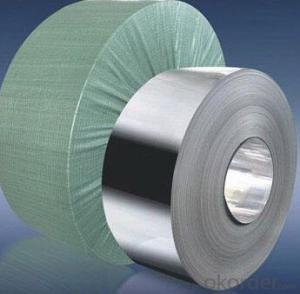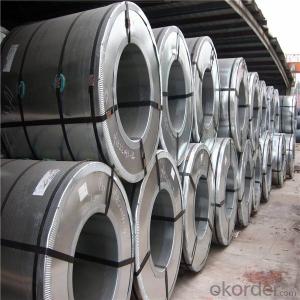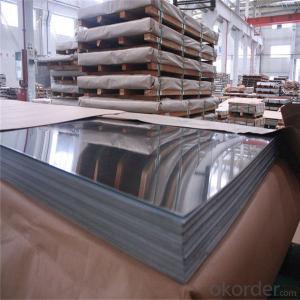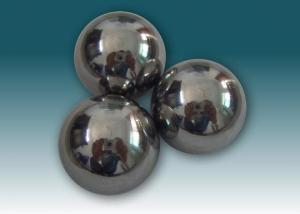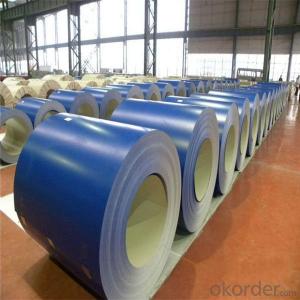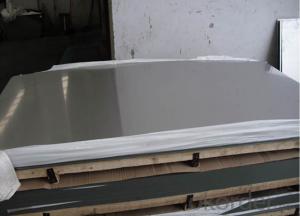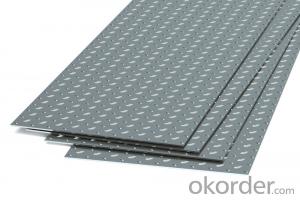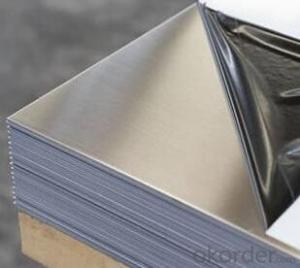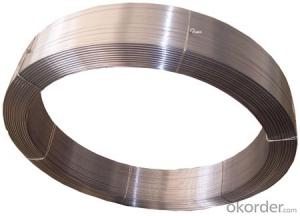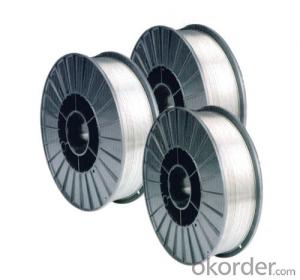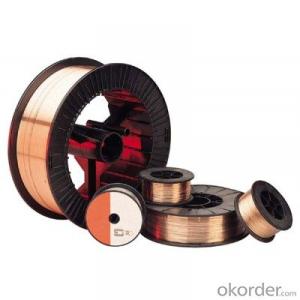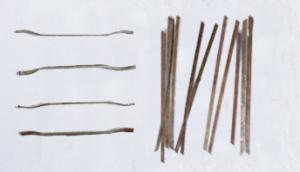430 Stainless Steel Properties
430 Stainless Steel Properties Related Searches
Best Paint For Stainless Steel Blanket Insulation For Steel Buildings Primer For Galvanized Steel Foam Filter For Stainless Steel H S Code For Stainless Steel Surface Grinding Wheels For Stainless Steel Surface Grinding Wheels For Hardened Steel Hole Saw For Stainless Steel Paint For Stainless Steel Stainless Steel For BbqHot Searches
Steel Mesh Panels For Sale Price For Stainless Steel Scrap Scrap Price For Stainless Steel Price For Stainless Steel Stainless Steel Tank For Sale Stainless Steel Sheets For Sale Cheap High Tea Sets For Sale Stainless Steel Tanks For Sale Stainless Steel For Sale High Density Fiberboard For Sale Solar Hot Water Collectors For Sale Scaffolding For Sale In Uae Scaffolding For Sale In Ireland Scaffolding For Sale In Houston Type Of Inverter For Solar Price Of Shipping Containers For Sale Types Of Inverter For Solar Stock Price For Aluminum Used Solar Inverter For Sale Steel Mesh Panels For Sale430 Stainless Steel Properties Supplier & Manufacturer from China
Okorder.com is a professional 430 Stainless Steel Properties supplier & manufacturer, offers integrated one-stop services including real-time quoting and online cargo tracking. We are funded by CNBM Group, a Fortune 500 enterprise and the largest 430 Stainless Steel Properties firm in China.Hot Products
FAQ
- Yes, stainless steel wire is suitable for wire rope saddles. Stainless steel is known for its high strength and corrosion resistance, making it an ideal material for various applications, including wire rope saddles. Stainless steel wire rope saddles are commonly used in industries such as marine, construction, and transportation, where durability and reliability are crucial. Additionally, stainless steel wire rope saddles can withstand harsh environmental conditions, including exposure to moisture, chemicals, and extreme temperatures, ensuring long-lasting performance and safety.
- Indeed, wire rope ferrules are indeed compatible with stainless steel wire. Renowned for its resistance to corrosion, strength, and durability, stainless steel stands as the perfect material for an array of uses, including wire rope ferrules. The utilization of stainless steel wire rope ferrules guarantees a dependable and steadfast means of terminating wire ropes, guaranteeing a robust and enduring linkage. Furthermore, stainless steel's ability to ward off rust and corrosion renders it appropriate for implementation in outdoor and marine settings, where other materials may succumb to degradation due to exposure to moisture and salt.
- Yes, stainless steel wire can be used for making wire strainers. Stainless steel is a popular choice for wire strainers due to its high strength, corrosion resistance, and durability. It can withstand exposure to various liquids and solids without rusting or degrading, making it ideal for straining applications. Stainless steel wire strainers are commonly used in industries such as food processing, chemical processing, and wastewater treatment, as well as in household applications. The stainless steel wire is woven or welded to form a mesh-like structure, allowing it to effectively strain particles or separate solids from liquids. Additionally, stainless steel wire strainers can be easily cleaned and maintained, further enhancing their usability and longevity.
- Stainless steel wire comes in various grades, each possessing its own distinct characteristics and applications. Among the most commonly used grades are: 1. 302/304 Stainless Steel Wire: Renowned for its superb corrosion resistance, this grade is widely utilized in jewelry making, wire mesh production, and spring manufacturing. 2. 316 Stainless Steel Wire: Similar to 302/304 stainless steel wire, this grade contains a higher proportion of molybdenum, which bolsters its corrosion resistance, especially in marine settings. It finds extensive use in marine equipment, chemical processing, and medical device fabrication. 3. 430 Stainless Steel Wire: Though not as corrosion-resistant as 302/304 and 316 stainless steel wires, this grade offers commendable heat resistance and magnetic properties. It is often employed in the production of cooking utensils, automotive trim, and decorative wire. 4. 17-7 PH Stainless Steel Wire: As a precipitation-hardening stainless steel wire, this grade stands out for its exceptional strength, corrosion resistance, and fatigue resistance. It is commonly employed in aerospace applications, as well as for springs and fasteners. 5. 410 Stainless Steel Wire: This martensitic stainless steel wire boasts high strength and hardness. It provides good corrosion resistance and is frequently utilized in the manufacturing of cutlery, surgical instruments, and valves. These examples merely scratch the surface of the wide range of stainless steel wire grades available. The appropriate grade choice hinges on specific application requirements, such as corrosion resistance, strength, heat resistance, and magnetic properties.
- Stainless steel wire is commonly used in the telecommunications industry for various purposes, such as supporting and securing communication cables, providing strength and durability to antennas and towers, as well as grounding and bonding applications. Its corrosion resistance, high tensile strength, and electrical conductivity make it an ideal choice for ensuring reliable and long-lasting telecommunications infrastructure.
- Stainless steel wire drawing plate, matte stainless steel is the same
- Oil is brushed stainless steel cold rolling (2B/BA surface), by grinding unit (steel coil) after processing the metal surface, due to the use of rolling oil cooling in the grinding process, commonly known as oil scrub, by abrasive belt surface NO.3/NO.4 (usually short hair lines) and HL (drawing filament hairline). After the polishing unit (plate grinding machine), the rear surface usually has a 8K surface (mirror panel), such as surface coating, etching and other treatment, will be different surfaces and patterns, to meet the needs of different users. These are surface treatment of cold-rolled finished products for obtaining different stainless steel surfaces. Any dirt will be attached to the surface of Wat, stainless steel products after processing any surface is no exception. If not easy to adhere to dirt, usually surface coating treatment (such as anti fingerprint processing, etc.), easy to clean.
- Yes, stainless steel wire can be used for wire wrapping. It is a durable and strong material that is commonly used in jewelry making for wire wrapping techniques.
- Yes, stainless steel wire can be used for wire mesh trays. Stainless steel is a durable and corrosion-resistant material, making it ideal for various applications, including wire mesh trays. Stainless steel wire provides high strength and rigidity, ensuring that the wire mesh trays can hold and support items without bending or warping easily. Additionally, stainless steel wire mesh is easy to clean and maintain, making it a hygienic choice for applications in food processing, healthcare, laboratories, and other industries where cleanliness is crucial. Overall, stainless steel wire is a suitable material for wire mesh trays due to its strength, corrosion resistance, and ease of maintenance.





















